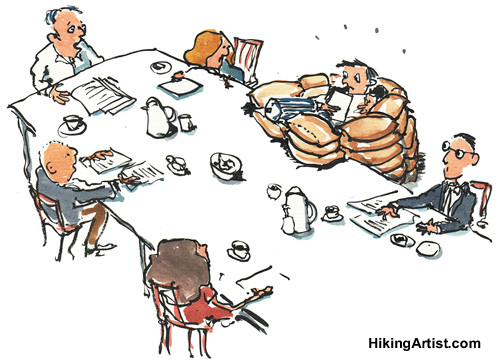
The Publishing War has begun. Amazon vs. Barnes & Nobles affects each and everyone of us.
 The Publishing War has begun. Amazon vs. Barnes & Nobles affects each and everyone of us.
The Publishing War has begun. Amazon vs. Barnes & Nobles affects each and everyone of us.
At first glance it looks like a corporate war between giants on the book market that is of little interest to the little people. Yet, the foot soldiers in that war are writers, especially those writers who finally began to believe in their chance to find fame and fortune through self-publishing.
So what are the battle lines?
On one side, we have Amazon, or more specifically, a new department of Amazon’s publishing arm KDP (Kindle Direct Publishing), KDP Select that requires exclusivity from its authors. Last week, Barnes & Nobles responded to Amazon’s exclusivity’s policy by declaring it would refuse to distribute any books published by Amazon. B&N was soon followed by Indie Commerce and other smaller publishers, joining the movement to boycott Amazon.
Some aspects of this boycott are still unclear. Does it also cover books published by Smashwords and then distributed to Amazon? Does it affect only print books or also ebooks? These practical sides of the boycott are still being debated as the publishing world is polishing its weapons.
Ironically, in the 70’s, when B&N, then only a retailer, entered the world of publishing, it created an uproar in the publishing world that was ignored by B&N and did nothing to prevent its success.
Early last January, rumors of B&N’s intention to sell its publishing arm Sterling following losses of earning began to fly around. Bought by B&N in 2003 for $115M, it now boasts an estimated 6,000 plus title base of e-books and print books. Its catalog includes more than 500 books in the Barnes & Noble Classics and its Library of Essential Reader series. Sterling reported $6 million losses for the quarter ending last October, less than the $12 million for the previous quarter but losses nevertheless.
It might well be that B&N’s opening salvo against Amazon is a move to raise the value of Sterling prior to selling it rather than a move to define the face of tomorrow’s publishing market, but the growing number of smaller publishers following B&N’s lead are definitely boycotting Amazon in order to fight the exclusivity clause in KDP and the right for authors to have their work available to all and not only though one outlet, even a giant one such as Amazon.
Another reason that might have caused B&N’s retaliatory move against Amazon is the rumor that Amazon intends to open a pilot retail shop in Seattle, a real threat of encroachment in the physical retail dominance that still belongs to B&N.
While the two giants, Amazon and B&N, are defining the lines of battle, authors are not the only ones likely to suffer the consequences of this war. Authors will have to choose a camp, decide where to publish knowing that whatever their decision, it implies loosing exposure from the other camp.
Yet, as ultimately, readers are the customers, they will inevitably be dragged in this conflict. As books are formatted to fit certain ereaders and the next move might be to ban downloading books from the other side on proprietary ereaders, they will have to carefully choose which ereader they purchase, Kindle or Nook, as it might dictate which books they will have access to.
So while the giants are fighting to reap more dollars, it is individual authors and readers that will suffer from this war fallout.